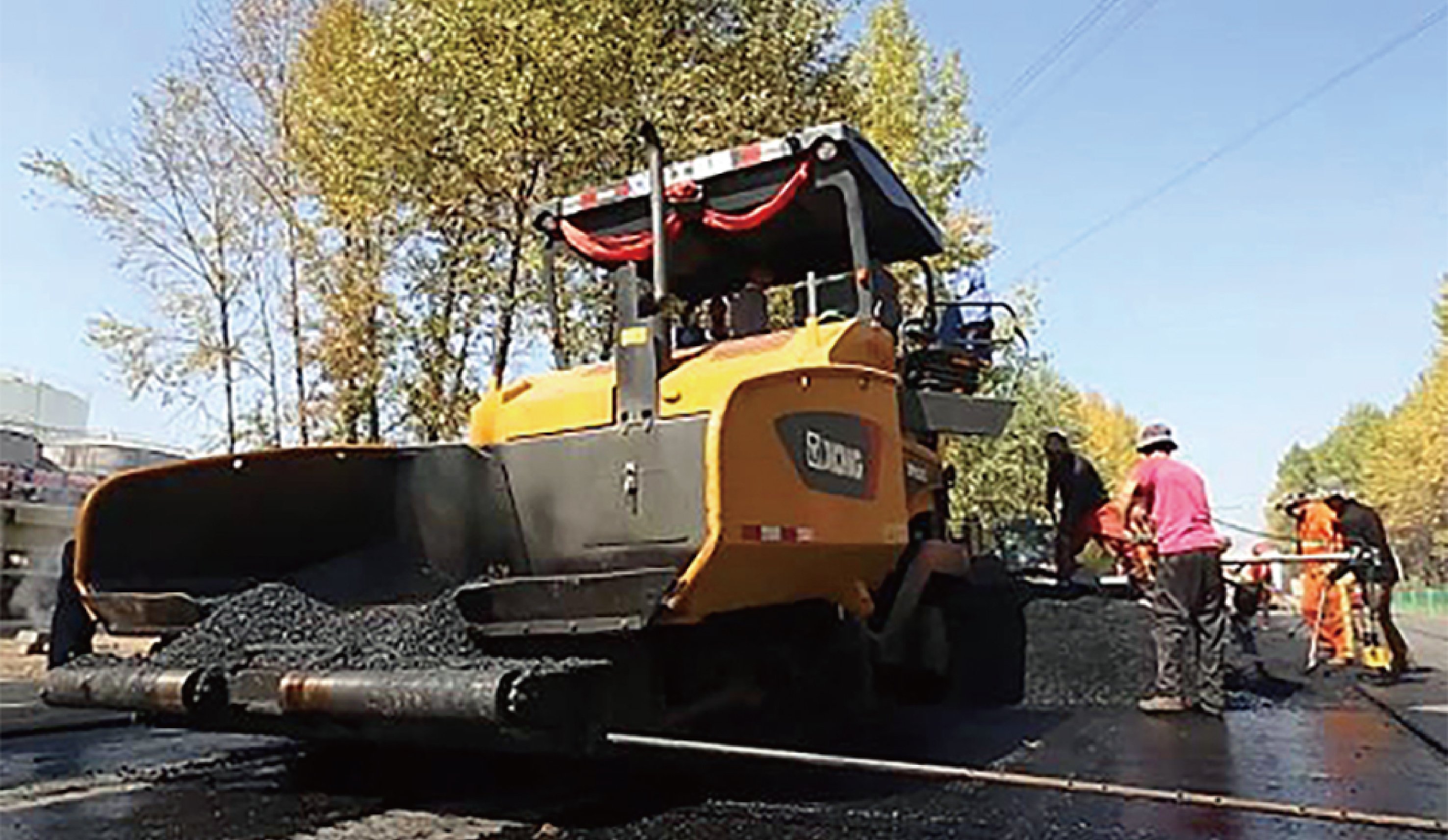A1 Professional Asphalt & Sealing Llc - Questions
A1 Professional Asphalt & Sealing Llc - Questions
Blog Article
Rumored Buzz on A1 Professional Asphalt & Sealing Llc
Table of ContentsSome Ideas on A1 Professional Asphalt & Sealing Llc You Need To KnowA1 Professional Asphalt & Sealing Llc Things To Know Before You BuySome Known Details About A1 Professional Asphalt & Sealing Llc An Unbiased View of A1 Professional Asphalt & Sealing LlcA1 Professional Asphalt & Sealing Llc Fundamentals Explained

The oil in a car engine is not simply oil. The REOB includes all the ingredients that were in the waste oil as well as the wear metals from the engine (mainly iron and copper).
By making numerous blends making use of various REOB samples and different asphalt binders, the variants mostly can be averaged out. A number of States offered examples of well-known REOB composition to TFHRC scientists, who assessed the examples to compare the portion of added (understood) REOB to the located (examined) amount. The evaluations revealed a comparable percent of added and discovered REOB.
6 Easy Facts About A1 Professional Asphalt & Sealing Llc Described
None of those States realized that the asphalt they were getting included REOB. One State insisted its samples had no REOB - https://www.dreamstime.com/a1asphaltsealng_info.
Of the 1,532 examples evaluated, 12 percent had REOB, and some contained significantly high degrees of it at 1020 percent. The highest degree was 34 percent in a sample from Texas, which TxDOT had used in a patching substance. This testing additionally exposed the existence of phosphoric acid in 11 percent of the samples, and 2 percent had ground tire rubber.
2 years earlier at TRB's yearly meeting, the Federal researchers held an REOB workshop and provided the findings of their lab analyses to a standing room-only group. Some companies do not particularly ban REOB, they do enforce physical tests that preclude its useeffectively a restriction. Others do not ban it by spec, but have arrangements with asphalt vendors to prevent the use of REOB
The Basic Principles Of A1 Professional Asphalt & Sealing Llc
A handful do allow REOB, some within certain restrictions. Ohio and Texas limitation levels to much less than 5 percent of the asphalt. To develop a trusted test approach that all States can use, the TFHRC researchers established up a round-robin examination plan. The individuals are 11 State freeway agencies (Illinois, Massachusetts, Minnesota, Mississippi, Montana, North Carolina, Oklahoma, South Carolina, Texas, Vermont, and Wyoming), 2 independent screening laboratories, the Ministry of Transport in Ontario, Queen's College in Ontario, and an Ontario paving professional.
In total, the researchers prepared and delivered 720 blends. The participants are checking the examples independently making use of the guidelines supplied by the TFHRC scientists. The round-robin screening is virtually finished, and TFHRC remains in the procedure of gathering the outcomes. The output will certainly be a suggested AASHTO test technique that any State can embrace and utilize (cold mix vs hot mix asphalt).
The pavement with REOB, which lies 0.6 mile (1 kilometer) from the pavement without REOB, has similar subgrade, web traffic density, and environment. The segment of Highway655 with 5 to 10 percent REOB revealed substantial splitting. In this example, the presence of REOB was the determined root cause of splitting at a low temperature levels.
A section of examination pavement in Minnesota (MN1-4) discovered to consist of REOB also cracked too soon. The sidewalk done well for the first 3 to 4 years, yet then started to split.
A1 Professional Asphalt & Sealing Llc Can Be Fun For Anyone
The examinations were not comprehensive, yet they revealed that at degrees of 6 percent or even more, the tensile toughness of the asphalt went down significantly. At a level of 3.5 percent REOB, the variation in the physical test approaches was more than the impact of REOB. It was hard for scientists to analyze whether REOB was existing. https://www.webtoolhub.com/profile.aspx?user=42388970.

One binder criterion considered is the difference in between the low temperature level crucial requirements temperature for stiffness (S) in the bending beam rheometer and the flexing beam rheometer creep slope (m-value) noted as Tcritical. TC = TC (S) TC (m-value). Examination of this criterion is still recurring. 2 independent research teams, one from AASHTO and the other from the Asphalt Institute, wrapped up that more research study is required on making use of REOB in asphalt.
Formerly, all asphalt testing gauged design homes such as stiffness. These examinations do disappoint what materials had been contributed to the asphalt. One sample obtained during the TFHRC study had a very odd analysis. The example had the complying with test outcomes: Superpave PG 64-28 with a heat quality of 67.3 Tcritical on the bending beam rheometer was 6.7 levels Celsius.

Rumored Buzz on A1 Professional Asphalt & Sealing Llc
These outcomes show there are weak points in the standard design screening protocols that might be exploited. The producer may have an economic benefit and link the product passes all the standardized tests, yet the item may not be useful to making sure lasting efficiency. To address this problem and the growth of new asphalt additives and extenders, TFHRC is starting a study program to utilize handheld spectroscopic devices, x-ray fluorescence spectroscopy, and Fourier transform infrared spectroscopy to make it possible for analyses to be done in the field instead of having to take samples back to the laboratory.
Report this page